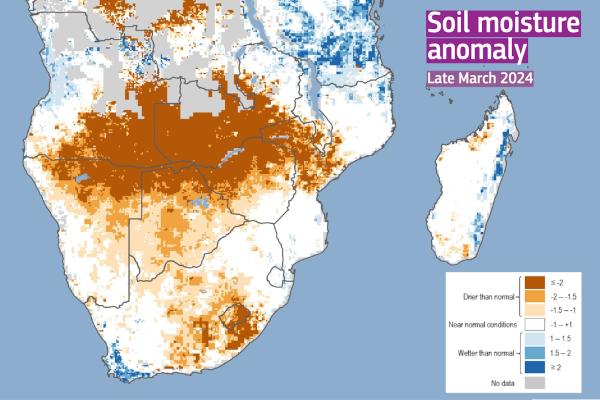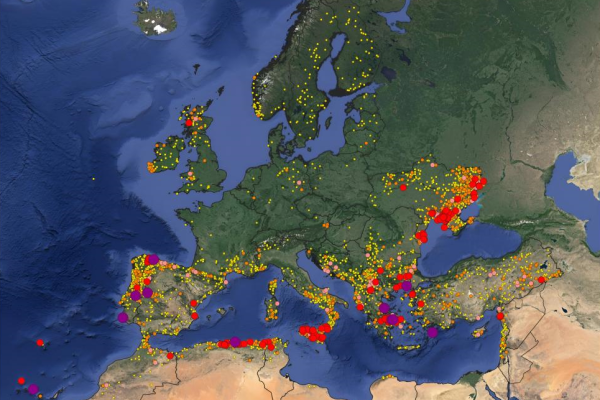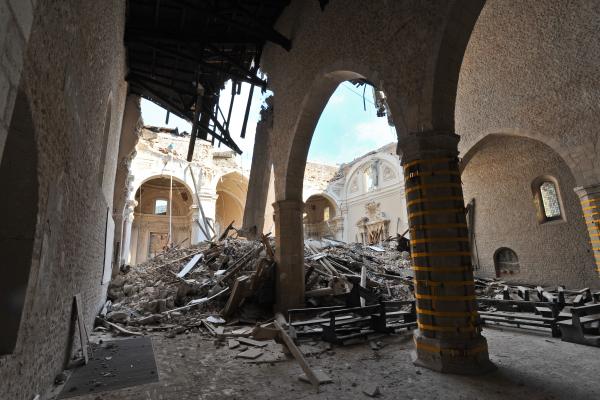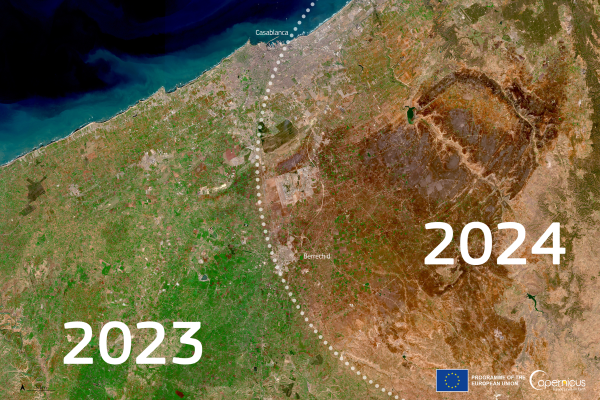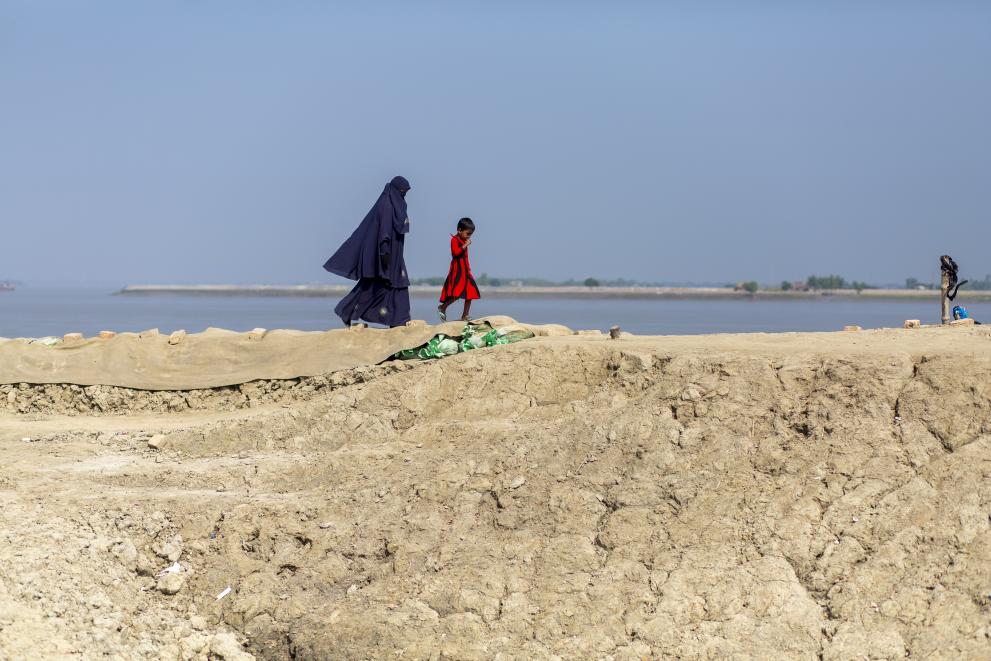
Despite improvements in the preparedness to respond to the adverse impact of extreme events, the risk of disasters and humanitarian crises at global level has grown over the past 10 years, according to a new report by the multi-stakeholder forum INFORM. The European Commission’s Joint Research Centre, as the scientific lead for INFORM, has contributed to this report. It shows that climate change risk has increased in both optimistic and pessimistic scenarios for many countries.
The development of infrastructures, such as roads, telecommunication and healthcare facilities, and risk governance bodies have helped balance global risk. Nonetheless, the pace at which the world’s population has become exposed to natural hazards, climate change, conflict, shocks – such as Covid-19 – and socioeconomic challenges increased between 2015 and 2024.
In fact, in 2023, all 15 countries classified as very high risk experienced a crisis, according to the INFORM report 2024.
The main drivers of increased risk are largely conflict, violence, and political instability. These resulted in the average risk – and the average vulnerability – nearly doubling over the past 10 years. Countries in conflict have also greater average exposure to natural hazards, possibly evidencing a cross-correlation between exposure to natural hazards and conflict.
Risk went down in Asia, but grew in the South America, western Asia and Africa
The majority of the crises (>70%) is driven by human factors, but despite the increase in average risk in all regions - except in Asia - not all places have been affected the same over the past decade.
The largest increase in risk was recorded in the Americas due to increased level of conflict, violence, political instability or a combination – and the subsequent displacement of people. Haiti, Guatemala, Colombia, and Mexico were the riskiest countries in the region in 2023.
At the same time, Asian countries saw the largest decrease in risk, mostly due to improvements in socioeconomic vulnerability and infrastructure development. Within the region, the countries facing the greater risk are mainly located in Southern and Western Asia.
The largest average risk can be found in Africa, with the continent being home to 10 out of 15 of the riskiest countries in the world. Improved coping capacity and improved levels of vulnerability have not been sufficient to counterbalance emerging and structural deficiencies.
In Europe there are now 2.1 million people exposed to coastal floods – a 3.3% increase compared to 2014. These numbers are still far below the 12.8 million people exposed to this hazard in Eastern and Southeastern Asia. However, Europe has also been exposed to increasingly adverse impacts of other climate-related hazards like droughts and river floods over the last decade.
Without adaptation measures, climate change will increase risk everywhere
Low-income countries in Africa and elsewhere have been the ones most affected by climate change risks. Despite improvements in coping capacity measures, the average risk has increased in the continent over the last 10 years. Climate change will bring increased challenges for the local population to cope with adverse impacts.
Low-income countries will be worst hit by climate change impacts by 2050 in the absence of effective climate-change funding and subsequent adaptation measures.
Background
INFORM is a multi-stakeholder forum for developing shared, quantitative analysis relevant to humanitarian crises and disasters, in particular for the phases of adaptation, prevention, preparedness and response.
INFORM was established in 2014 by the European Commission and the UN Office for the Coordination of Humanitarian Affairs (OCHA) to share knowledge and support response to humanitarian crises. Currently it brings together more than 30 partner organisations.
The data for these analyses come from the INFORM suite of quantitative, analytical products. INFORM partners first came together – 10 years ago – to develop an open index for measuring the risk of humanitarian crises worldwide. Since then, the INFORM Risk Index and other INFORM products – INFORM Severity and INFORM Climate Change - have become established and relied upon by several organisations from the humanitarian and development sectors, by donors and technical partners.
The European Commission’s Directorate-General for European Civil Protection and Humanitarian Aid Operations, UN OCHA, UNICEF, the UN World Health Organisation (WHO) or the International Federation of Red Cross and Red Crescent Societies (IFRC) are some of the organisations using INFORM to decide how to allocate funding, analyse emerging risks, or structure ground operations.
Related content
UN Office for the Coordination of Humanitarian Affairs (OCHA)
Details
- Publication date
- 18 March 2024
- Author
- Joint Research Centre
- JRC portfolios

